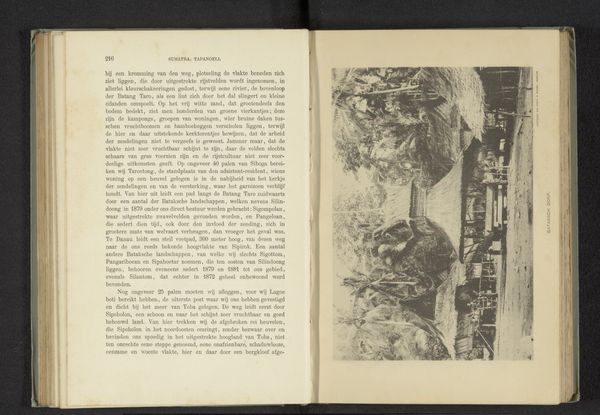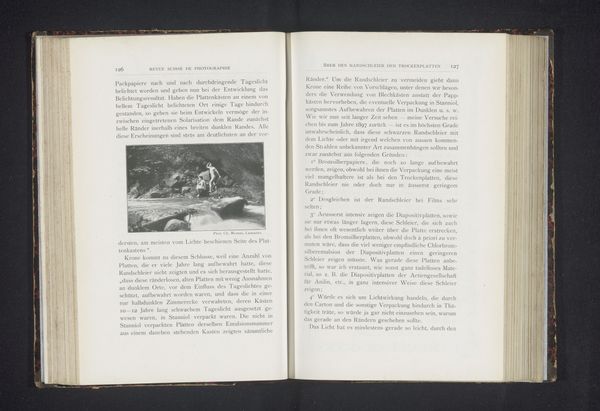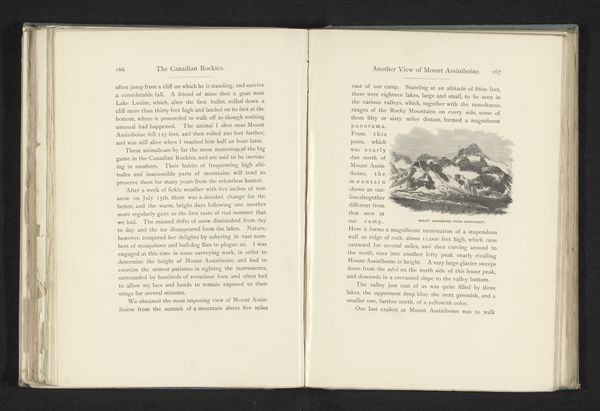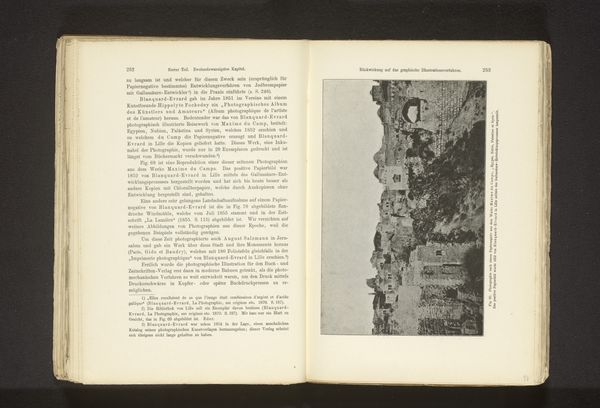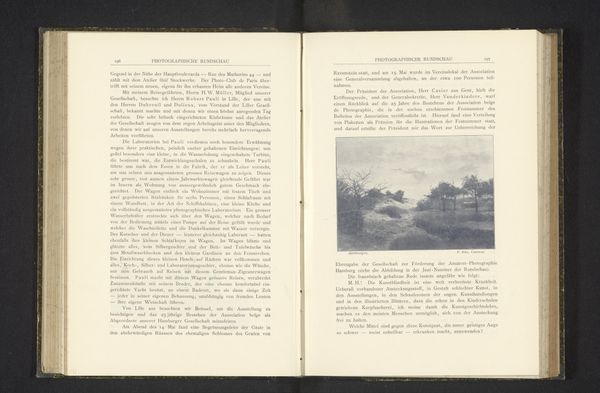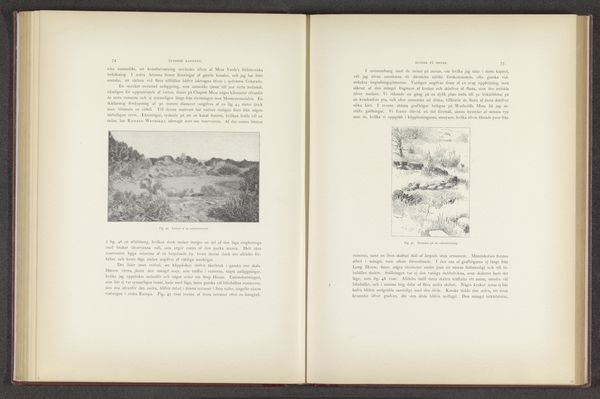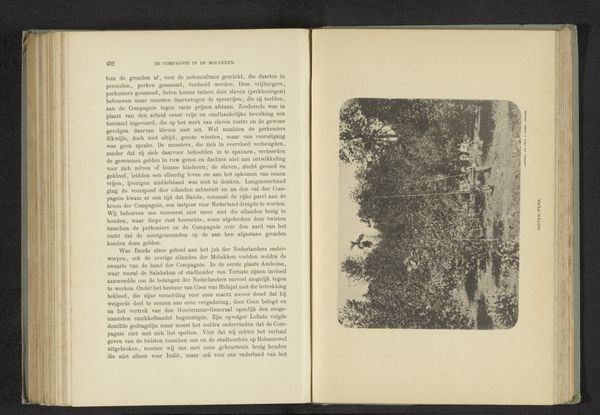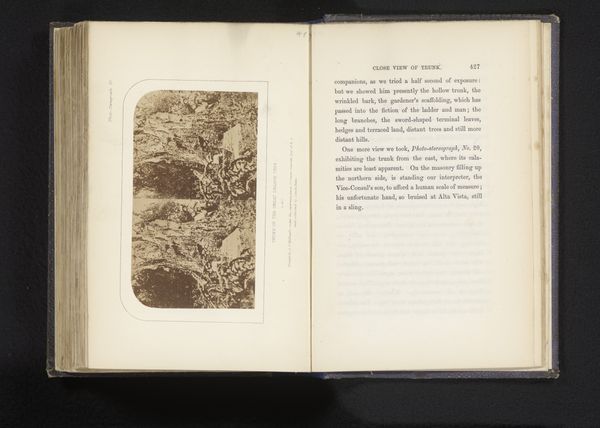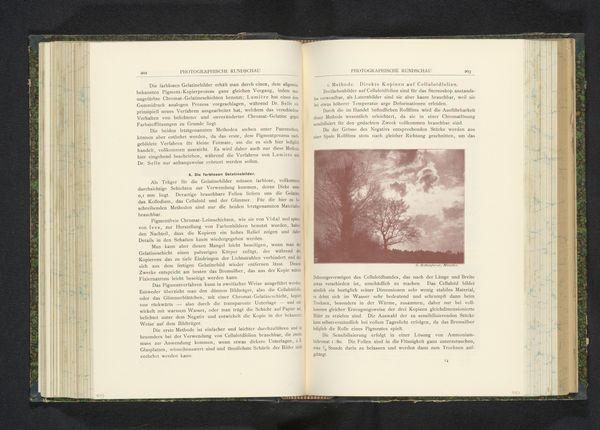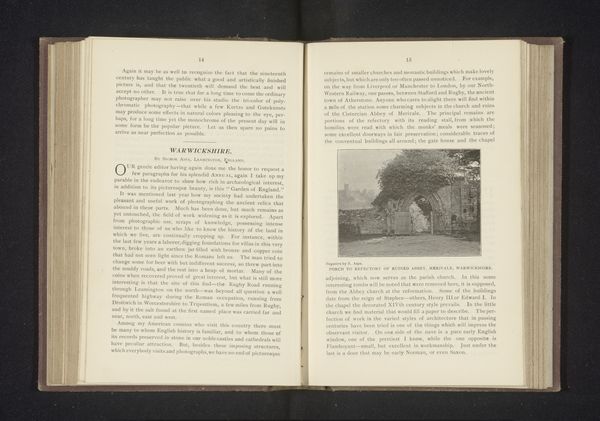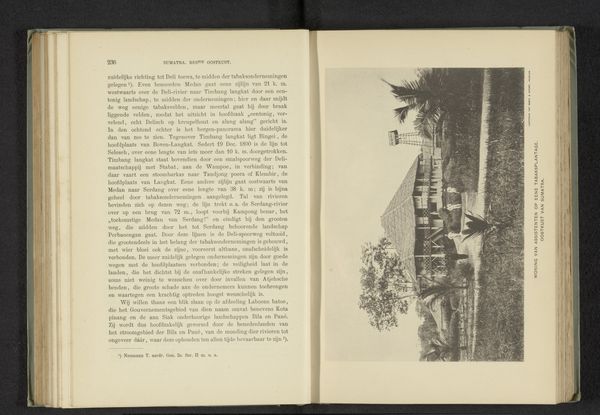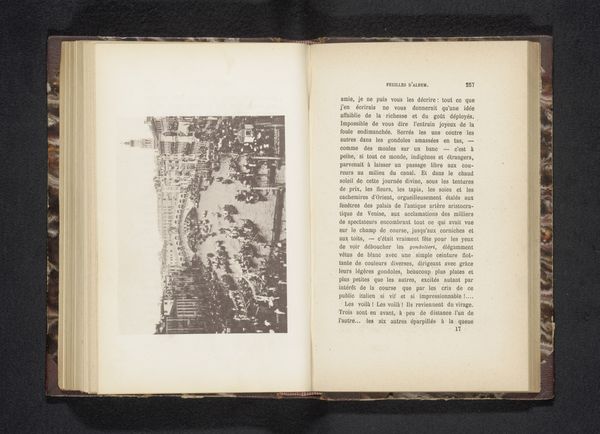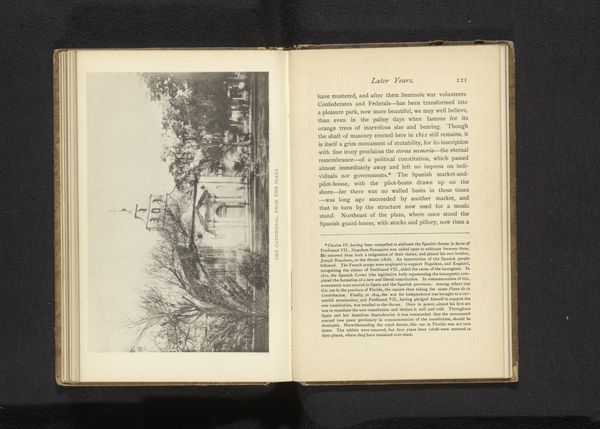
lithograph, print, paper, photography
#
lithograph
# print
#
landscape
#
paper
#
text
#
photography
Dimensions: height 65 mm, width 100 mm
Copyright: Rijks Museum: Open Domain
Curator: Let's consider "Gezicht op Nagasaki," or "View of Nagasaki," a lithograph from before 1905 by W. Burger. Editor: The image strikes me immediately as incredibly still, even tranquil. The deliberate placement of the dark trees in the foreground, and the soft lines used to illustrate them make you see a serene coastal landscape fading into the horizon. Curator: Indeed. And Nagasaki itself has always been a crucial port. I think Burger’s choice of the lithograph medium would have appealed to a broader public because the multiple impressions enabled wide dissemination. These images played a role in shaping perceptions of Japan and its evolving relationship with the West in that era. Editor: It’s intriguing how a medium meant for wider circulation also lends a specific tactile quality to the image, like those produced through photography and translated via print. The gradations in tone, created by the lithographic process, almost mimic the subtleties of a photographic print, despite being on paper. Curator: Exactly. And think about the politics of display. These prints circulated in books, and illustrated lectures which normalized specific depictions of Japan for western viewers, creating a particular vision of Japanese culture which was tied directly to burgeoning global trade. Editor: It is curious that these images of Nagasaki would shape the vision of Japanese culture. There seems to be no trace of labor within it, a kind of idyllic representation for external consumption. But it's through understanding its original production and dissemination, in both form and geography, that we come to truly appreciate its cultural influence. Curator: Absolutely, recognizing that prints like this served to cement certain perspectives but are also tangible pieces reflecting the exchange of imagery and ideas within their time. Editor: Well, this piece encourages me to consider how our consumption of images has shifted in the digital age but the influence remains quite the same.
Comments
No comments
Be the first to comment and join the conversation on the ultimate creative platform.
